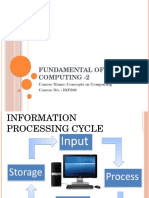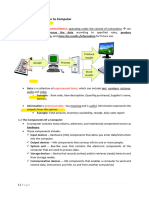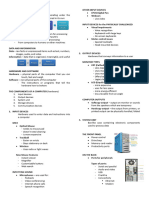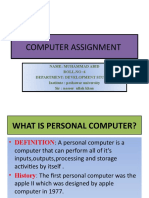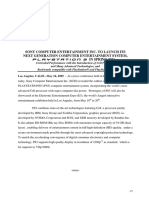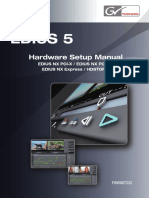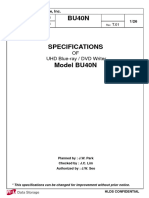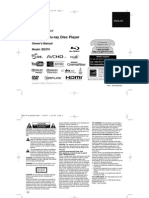0% found this document useful (0 votes)
22 views98 pages2nd Quarter Performing Computer Operations
The document discusses various topics related to occupational health and safety (OHS) when working with computers. It aims to minimize hazards and risks to protect the safety, health, and welfare of computer users. Various types of input devices are also classified and described, including keyboards, mice, scanners, digital cameras, trackballs, and stylus pens. Computer classes are defined, ranging from analog and digital computers to desktops, laptops, and other categories.
Uploaded by
Sarah FamatiganCopyright
© © All Rights Reserved
We take content rights seriously. If you suspect this is your content, claim it here.
Available Formats
Download as PPTX, PDF, TXT or read online on Scribd
0% found this document useful (0 votes)
22 views98 pages2nd Quarter Performing Computer Operations
The document discusses various topics related to occupational health and safety (OHS) when working with computers. It aims to minimize hazards and risks to protect the safety, health, and welfare of computer users. Various types of input devices are also classified and described, including keyboards, mice, scanners, digital cameras, trackballs, and stylus pens. Computer classes are defined, ranging from analog and digital computers to desktops, laptops, and other categories.
Uploaded by
Sarah FamatiganCopyright
© © All Rights Reserved
We take content rights seriously. If you suspect this is your content, claim it here.
Available Formats
Download as PPTX, PDF, TXT or read online on Scribd
/ 98





